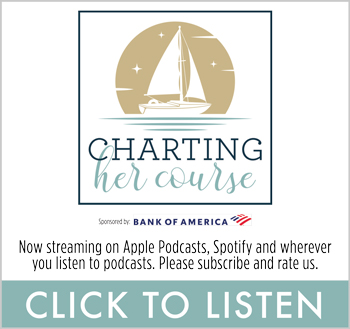Report estimates Highway 1 closures resulted in $438M in losses
It will be over three years since Highway 1 was blocked off south of Big Sur when it reopens in March 2026 and a recently released report highlights the grim economic reality of closure.
New research from Beacon Economics, an independent economic research and consulting firm based in Los Angeles, estimates that the region has lost $13 million to $14 million in visitor spending each month since the closure began 32 months ago, putting total losses at $438 million to date, and counting.
In this case, the region includes both Monterey and San Luis Obispo Counties. Specifically, the report looks at the economic impacts of the Highway 1 closure across the cities of Morro Bay (San Luis Obispo County), Cambria (San Luis Obispo County), San Simeon (San Luis Obispo County), Big Sur (Monterey County), Carmel (Monterey County) and the city of Monterey (Monterey County).
A combination of slides has prevented travel on the Big Sur coast since January 2023, hampering visitation both north and south of the closure. The most recent natural disaster was The Regent’s Slide in February 2024, which has closed off access between Ragged Point and Big Sur.
CalTrans believes that Highway 1 could fully reopen for through traffic from Cambria to Carmel by the end of March.
“California and Governor Gavin Newsom remain fully committed to reopening Highway 1 at Regent’s Slide as quickly and safely as possible,” said California Transportation Secretary Toks Omishakin in July. “Visiting the project site reinforced my confidence that we will restore access to this majestic section of coastline to people who have endured hardships and demonstrated incredible patience. Highway 1 belongs to them and is more than just a road; it is part of California’s rich culture.”
The closure has had a considerable impact on local businesses that depend on tourism, the report highlighted.
Released Sept. 24, Beacon’s report noted that total tourism-related losses are projected to reach $438 million through September 2025. That means that if Highway 1 reopens by the end of March, tourism-related losses would be at around $522 million.
The communities of San Simeon and Big Sur have been hit hardest in the region, with visitor spending down 42% and 20%, respectively, according to the report.
The report noted that in 2022, tourists spent roughly $27 million in San Simeon. If the road had remained open, it’s expected this number would have risen slightly to $29 million in 2023.
Instead, tourist spending dropped to $17 million in 2023 and $17 million in 2024.
Near San Simeon is Hearst Castle, a vast estate built by newspaper magnate William Randolph Hearst between 1919 and 1947. Visitation at the castle — now a museum and California State Park — fell from 222,500 during the summer of 2022 to 184,000 during the summer of 2023, according to the report.
Reduced tourism spending generates ripple effects throughout the regional economy, affecting industries that depend on or are linked to tourism. These secondary effects were roughly $44 million in Monterey and San Luis Obispo Counties in 2023 and 2024, the report read.
The city of Monterey is home to the largest tourism economy in the region — encompassing parts of both Monterey and San Luis Obispo Counties — representing nearly 60% of total tourism spending annually, according to the report.
As a result, the city of Monterey also endured the largest loss of visitor spending, losing $145 million over the two years as compared to baseline expectations.
The report added that local city and county governments lost over $27 million in tax revenue during the past two years.
About half the local fiscal shortfall stems from reductions in transient occupancy tax (TOT), a key source of general fund revenue for coastal municipalities, the report read.
“These declines compromise the ability of local governments to fund essential services, economic development, and tourism marketing campaigns,” the report read.
email: [email protected]








